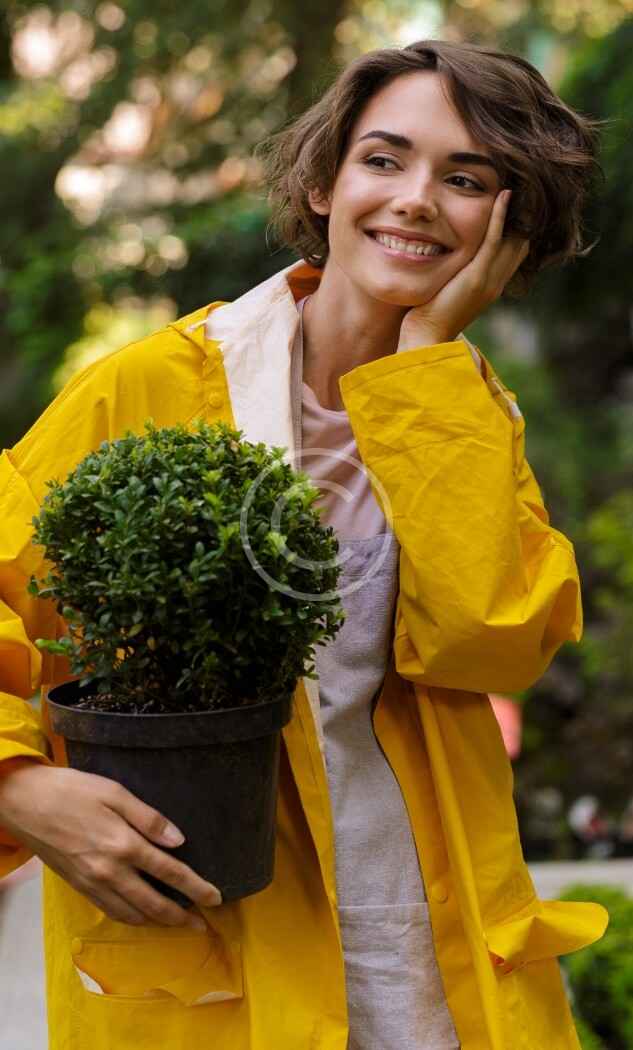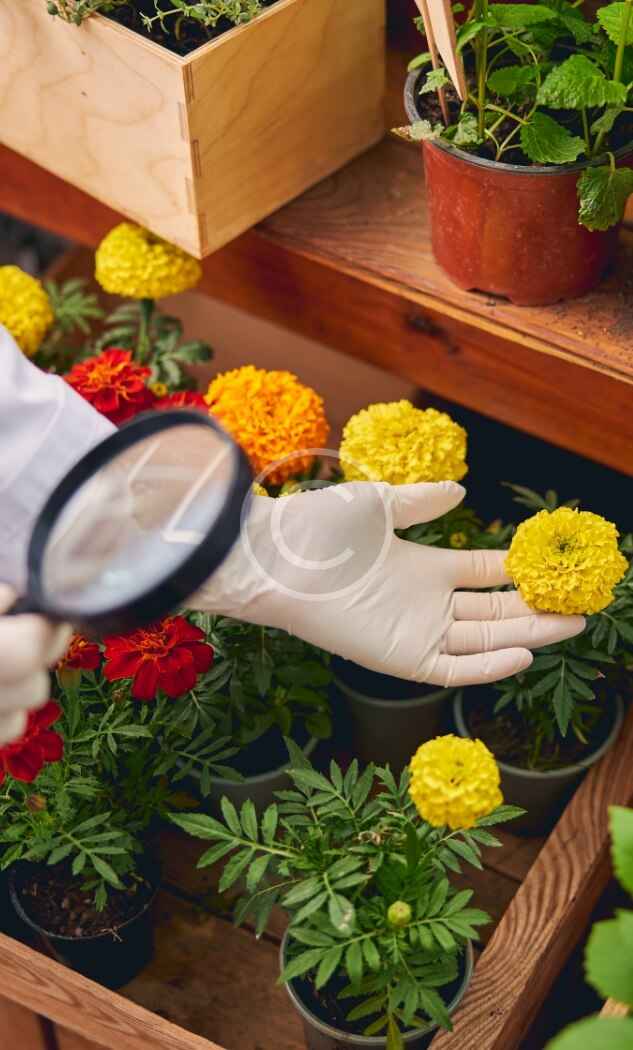

What is a Plantation Nursery?
A plantation nursery is a facility where young plants, trees, shrubs, and typically for commercial purposes. These nurseries provide young plants for agriculture, forestry, and gardening.
What equipment is needed in a nursery?
Essential equipment includes:
Greenhouses or shade nets for climate control.
Irrigation systems like drip or sprinkler systems.
Containers or seed trays for germinating plants.
Soil mixers and fertilizer spreaders for preparing planting material.
Pruning tools, plant labels, and potting benches.
How are seedlings protected in nurseries?
Protection methods include:
Shading: Reduces exposure to direct sunlight.
Mulching: Helps retain soil moisture and temperature.
Windbreaks: Protects plants from strong winds.
Insect Nets and Pesticides: Controls pests and prevents infestations.
Greenhouses: Provide controlled environments for sensitive plants.
What is the importance of soil testing in a nursery?
Soil testing helps determine the soil’s nutrient levels, pH, and texture. It allows nursery managers to amend the soil with necessary nutrients, ensuring plants get optimal growing conditions for healthy development.
How do nurseries manage water efficiently?
Nurseries manage water through:
Drip Irrigation: Targets the roots directly, reducing water wastage.
Recycling Water: Collecting and reusing water from runoff.
What are some common pests and diseases in nurseries, and how are they controlled?
Common issues include:
Aphids, mites, fungal diseases, and root rot.
Control methods include biological control (introducing natural predators), chemical control (using pesticides carefully), and physical barriers (like nets and traps).
We endeavor to provide our customers with a beautiful & healthy lawn they can enjoy for years to come
Peter Bowman
Creative Director






